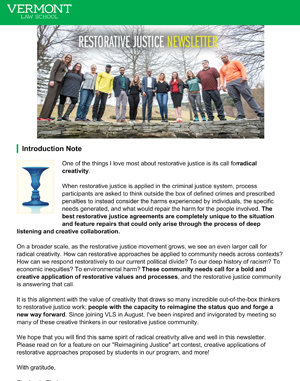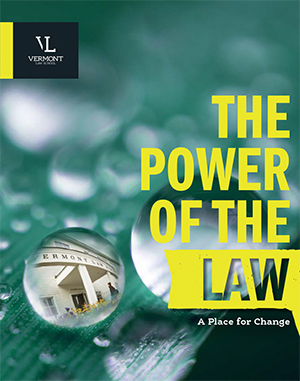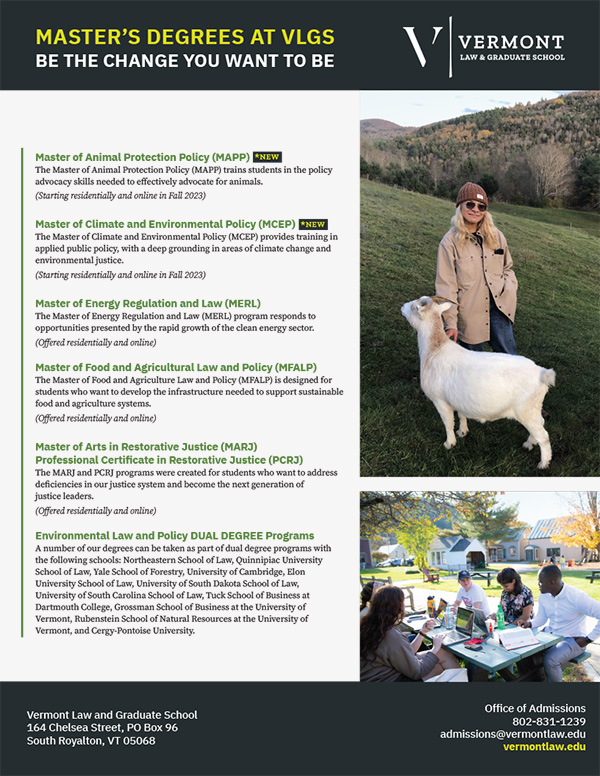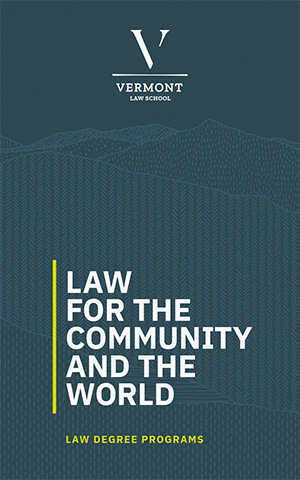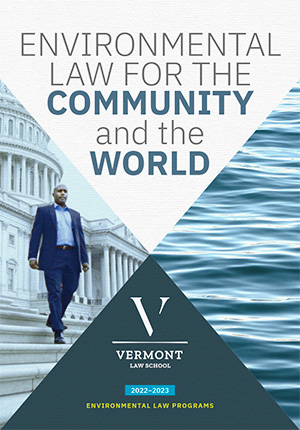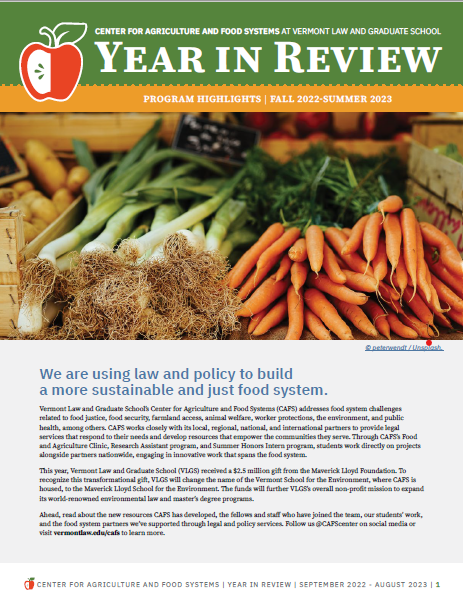The US uses endangered monkeys to test drugs. This law could free them.
Everything from Ozempic to Covid vaccines is tested on long-tailed macaques. Experts believe many are illegally trafficked from the wild.
But in the Endangered Species Act, these two goals — protecting species and protecting individual animals — are linked. “The language, purpose, and legislative history of the ESA … make clear that the act is designed to protect both captive and wild members of protected species,” wrote legal experts Delcianna Winders, Jared Goodman, and Heather Rally in a chapter of the 2021 edition of Endangered Species Act: Law, Policy, and Perspectives.
. . .
The exact scope of the law’s protections remains a legal gray area, Delcianna Winders, a professor and director of the Animal Law and Policy Institute at Vermont Law and Graduate School, told me. Some courts have decided that poor living conditions or inadequate veterinary care constitute a “take” under the ESA, leading to several closures of roadside zoos. In 1976, Winders added, Congress rejected an amendment to the ESA pushed by the animal exhibition industry that would have excluded the “ordinary activities of a zoo, circus, menagerie or other similar exhibition” from the law’s purview.
But exemptions have been written into the law to exclude Animal Welfare Act-compliant practices from the definition of “harassment” — making it harder to argue in court that confining elephants in zoos, for example, is inherently an illegal form of harassment under the ESA.
“It’s been a decades-long series of trial and error” to figure out how the ESA should treat captive animals, Winders said, and some tension remains.
. . .
Although the ESA doesn’t outright ban keeping endangered animals in captivity, its prohibitions on what you can do to a captive animal are far more stringent. The law poses a direct challenge to animal testing, which, according to Winders, clearly constitutes a “take.” Invasive experimentation almost definitionally involves the harm, wounding, and often killing of an animal.
. . .
The Fish and Wildlife Service might decide to list the macaque as merely threatened, Winders explained, which would give the agency some leeway in deciding whether experimentation on the species should continue.






